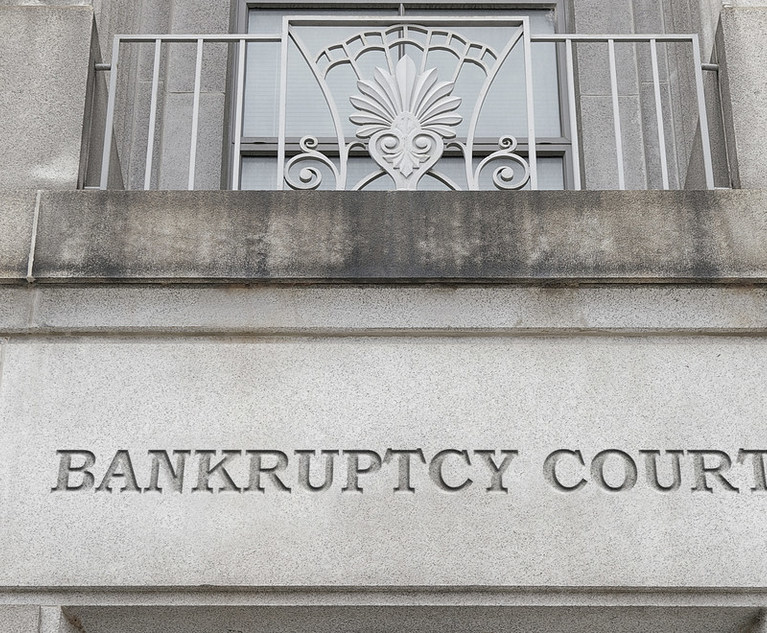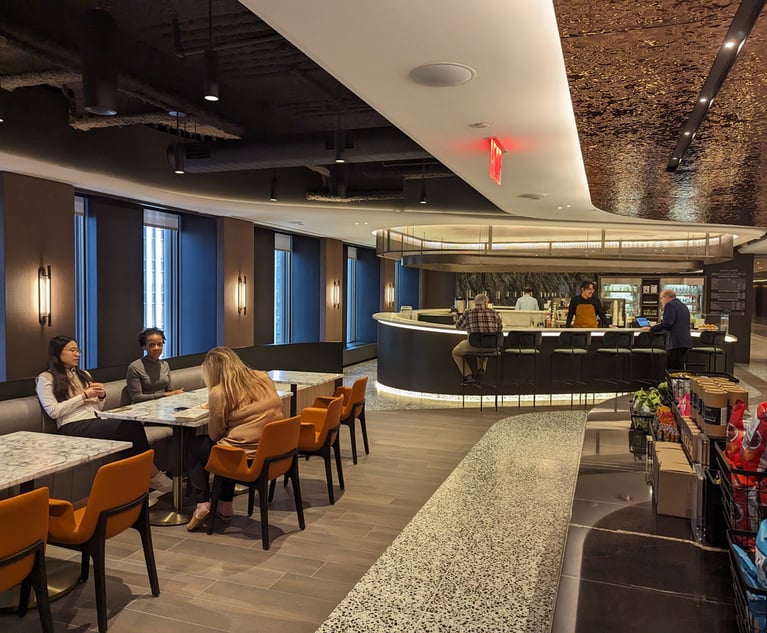Early in my career, I represented Tony Goldman, an urban visionary who help transform industrial Soho into a residential neighborhood. Tony bought warehouse and small factory buildings and we converted the floors into lofts for residential use and for artists who used their lofts as homes and studios. Little did I imagine that I would continue advising clients on converting buildings from one use to another throughout my career and that, during the last decade, I would advise clients on converting approximately 1.2 million square feet of prime office space into residential, hospitality, educational and other uses, in a process called adaptive reuse.
Adaptive reuse has gone from gentrifying industrial areas and generating income for the redeveloper for under utilized buildings to playing a significant role in fighting climate change, preserving scarce resources, and fulfilling the changing needs of society. Recently, there have been numerous stories describing the need to convert office buildings to residential use in order to absorb excess office capacity and create needed homes for current and future New Yorkers, and this article examines the process.
This content has been archived. It is available through our partners, LexisNexis® and Bloomberg Law.
To view this content, please continue to their sites.
Not a Lexis Subscriber?
Subscribe Now
Not a Bloomberg Law Subscriber?
Subscribe Now
LexisNexis® and Bloomberg Law are third party online distributors of the broad collection of current and archived versions of ALM's legal news publications. LexisNexis® and Bloomberg Law customers are able to access and use ALM's content, including content from the National Law Journal, The American Lawyer, Legaltech News, The New York Law Journal, and Corporate Counsel, as well as other sources of legal information.
For questions call 1-877-256-2472 or contact us at [email protected]


 Credit: insta_photos/Adobe Stock
Credit: insta_photos/Adobe Stock




